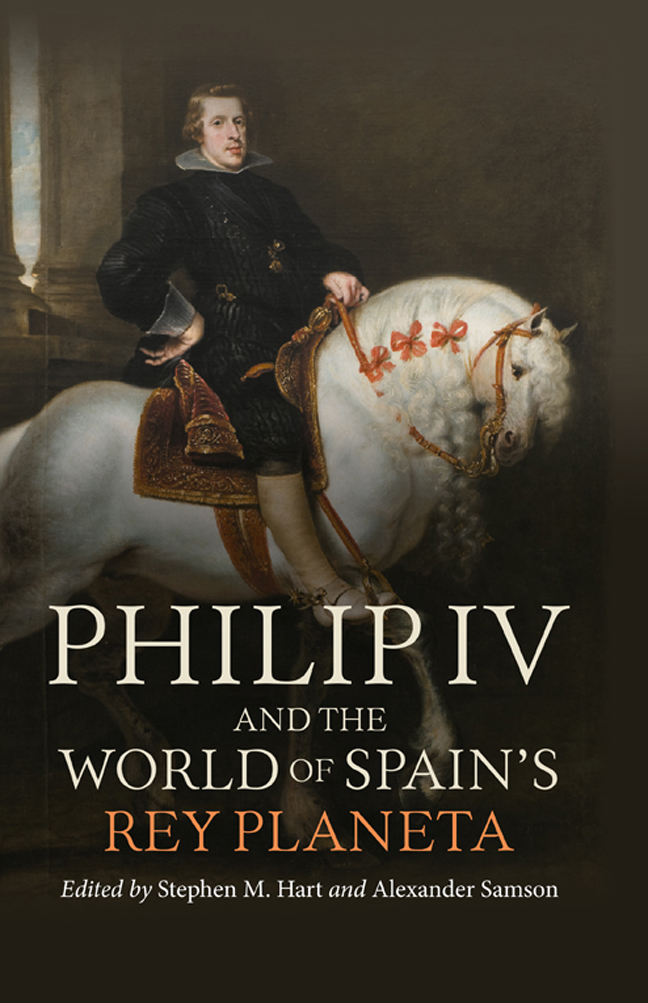12 - Between the Picaresque and the Picturesque: Bartolomé Esteban Murillo (1617–1682) Visualising Spain in an Age of Decline?
Published online by Cambridge University Press: 15 February 2024
Summary
The art of Bartolomé Esteban Murillo (1617–1682) has suffered acutely the vagaries of artistic and critical fashion, despite being at his death ‘the most famous Spanish artist outside his homeland’. Much of his work from the 1660s onwards had been bought up or commissioned by Flemish and Dutch merchants settled in Seville, while many key religious works would later be plundered by occupying French forces. The avid collecting by a northern European mercantile elite trading out of the port city led to the wide dispersal of his oeuvre, an internationalism that made him one of Spain's most representative artists from the period, despite spending his whole career there, bar a brief visit to Madrid in 1658. As Jonathan Brown argues: ‘Seville was famous as an international mercantile bazaar… he had deliberately situated his style within a broad European tradition in order to satisfy his cosmopolitan clientele. Murillo is often considered to be the quintessential Sevillian painter, but in fact his art was decisively shaped by foreigners and foreign influences.’ The period he worked in saw major changes to the nature of the art market, the Hispanic Monarchy's position in the world, and Andalusia's place within Spain. Andalusian grandees barely feature in his work and noble portraiture is notably not a favoured genre. By the mid-twentieth century, Murillo's status had suffered precipitous decline, arrested by recent exhibitions promoting a reassessment: from ‘El Joven Murillo’, Bilbao and Seville, 2009; ‘Murillo and Justino de Neve: The Art of Friendship’, El Prado, 2012; and ‘Murillo: the Self Portraits’, The Frick New York and National Gallery London, 2017–18. Isabelle Kent's review of 2019's defining ‘Murillo: IV Centenario’ exhibition at the Museo de Bellas Artes in Seville, refers to the way his art has come to be seen as ‘sentimental, saccharine bullshit’ and questions how it is that an artist who ‘Hegel lauded for his revolutionary class-defying subjects and whose Immaculate Conception of Los Venerables held the record for the world’s most expensive painting for much of the 19th century, has been reduced to this?’ He is, she goes on, associated now more often with cute cherubs and street urchins than socially engaged critique, a profound irony given his deep involvement in charity, addressing the theme of poverty in both his own life and art.
- Type
- Chapter
- Information
- Philip IV and the World of Spain's Rey Planeta , pp. 265 - 294Publisher: Boydell & BrewerPrint publication year: 2023



